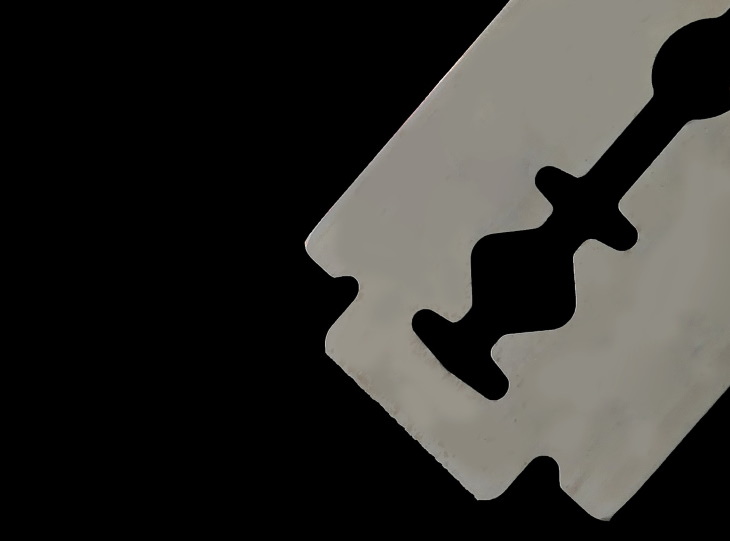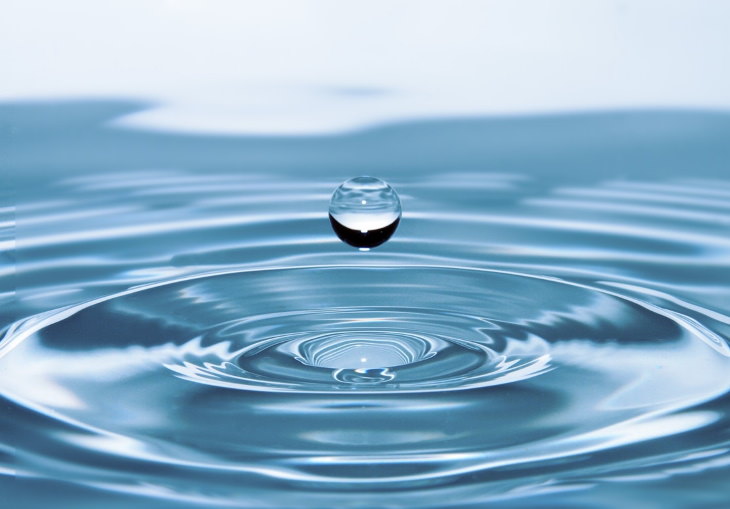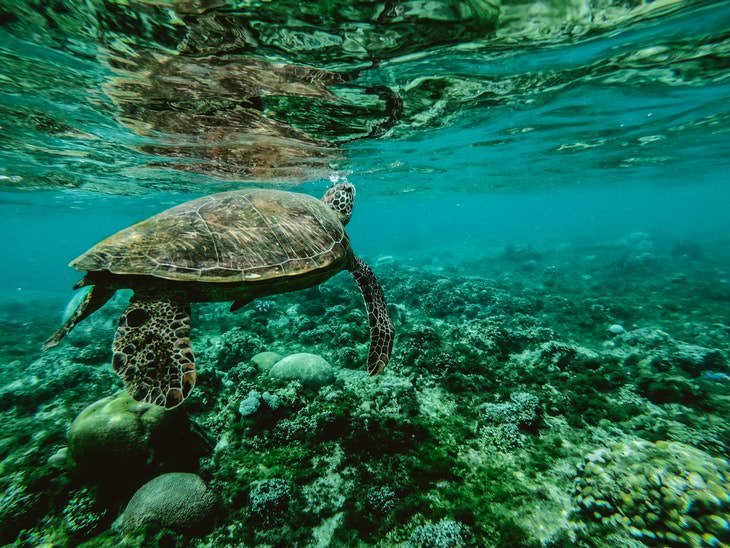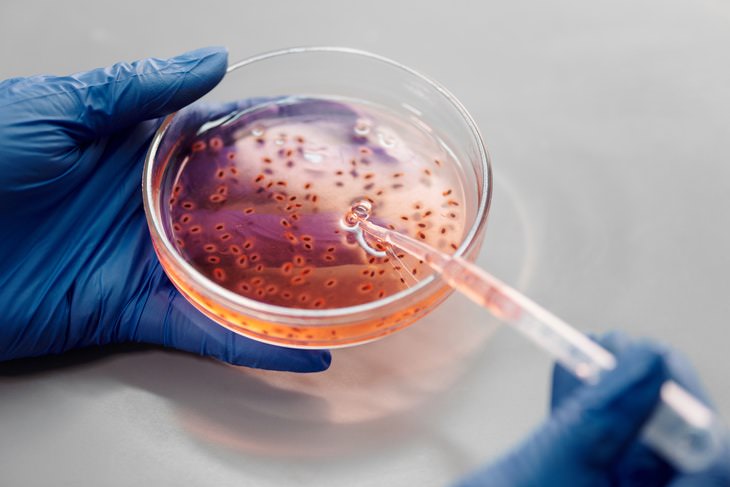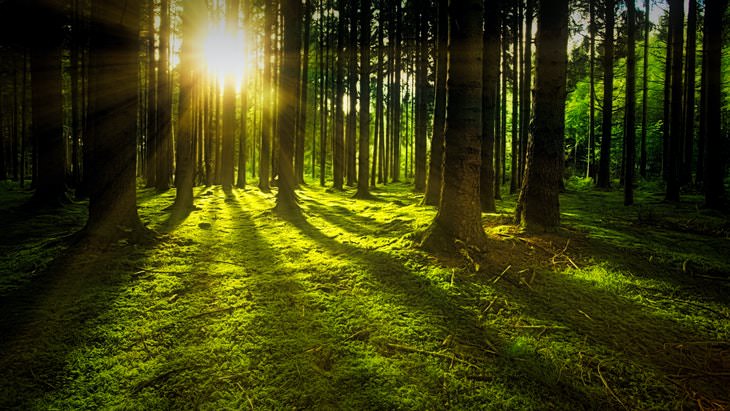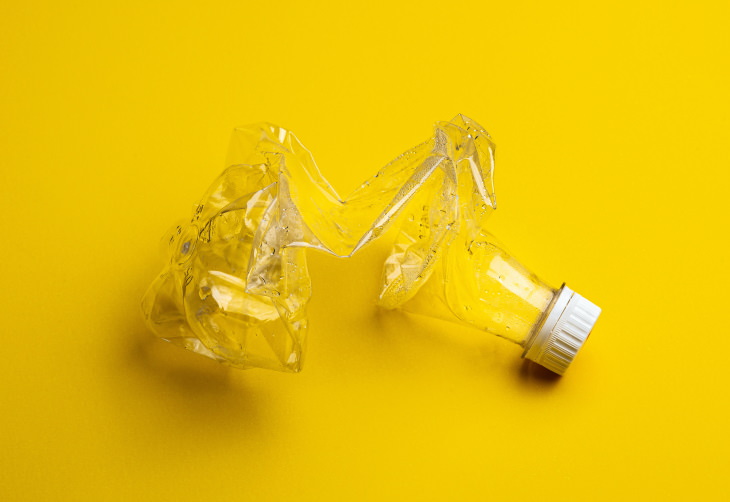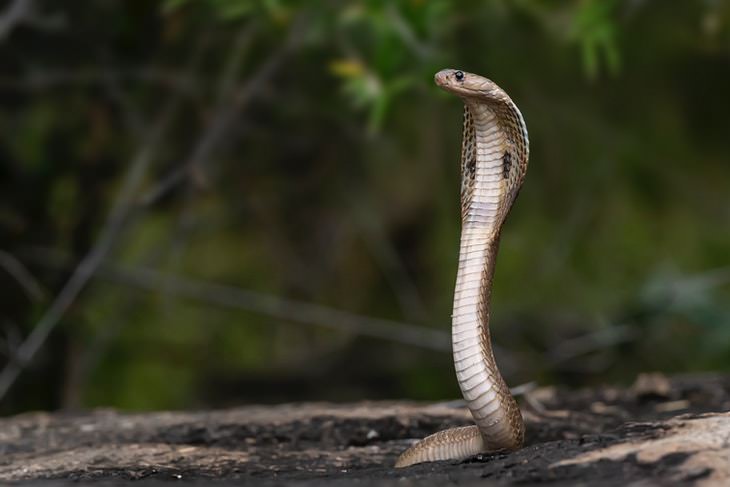1. Stomach acid can break down razor blades
Gastric acid is powerful stuff! From your chemistry lessons, you may remember that all acids range from 0 to 6 on the pH scale (anything higher than 6 is either neutral or basic). The lower the pH of an acid, the stronger it is. Human gastric acid is usually between 1.0 to 2.0, so it’s really up there in terms of potency.
It is so strong, in fact, that it can disintegrate metal. Research published by the Gastrointestinal Endoscopy journal in 1997 suggests that dunking a razor blade in a beaker with gastric acid will make it break down rather rapidly. “Within 24 hours double-edged blades become fragile and can be broken with a snare,” the paper concludes.
2. There are planets in the Solar System where it rains diamonds
Diamonds raining from the sky sounds like a wild dream, and it is, at least here on Earth. On some of the other planets in the Solar System, diamond rain is a rather mundane reality. Massive planets like Jupiter, Neptune, and Saturn have such dense atmospheres and strong gravity that they can turn soot into diamonds. Researchers don’t just theorize this. They managed to recreate similar conditions in a lab, proving that this could very well be true.
3. Water can be liquid, ice, and water vapor - all at the same time!
Like all matter, water can exist in three states: solid, liquid, and gas. But what you haven’t been told is that there are certain conditions where matter can occur in all three of these states simultaneously. By balancing temperature and pressure, scientists can reach the point of thermodynamic equilibrium, where matter is both liquid, solid, and gaseous at the same time.
This state is known as the triple point or the triple boil. Water reaches the triple point at 0.1 degrees Celsius and the pressure of 0.006 atm. The video below was filmed at the University of California, Santa Cruz, and it demonstrates water at its triple point.
4. Billions of T. rexes once inhabited our planet
The Tyrannosaurus rex has captivated the human imagination for decades before Jurassic Park movies came out. Ever since the first complete T. rex fossil was found and assembled, we’ve been marveling at the size of these creatures that lived on Earth during the Cretaceous period between 83.6 million years ago and 66 million years ago. Until not so long ago, however, we didn’t know how many T. rexes had lived in the world.
Scientists from the University of California, Berkeley analyzed and organized fossil data, concluding that there were more than 127 thousand T. rex generations on Earth, giving them an approximate number of 2.5 billion of these dinos. Before you imagine a billion T. rexes on every continent, keep in mind that this is the estimated total over millions of years. Given their massive size and food requirements, the Earth ecosystem wouldn’t be able to support that many T. rexes at the same time.
5. The soil is brimming with life - literally!
We’re talking about microscopic life, of course. Just one teaspoon of your garden soil has more microorganisms than there are currently people on the planet. From bacteria and microscopic algae to insects and fungi - there are millions of species currently living in your backyard. We bet you didn’t think you had so many neighbors!
6. Half of the oxygen on Earth comes from the ocean
You’ve likely heard tropical rainforests referred to as the “lungs of the planet.” And while it is true that these ancient forests absorb a lot of carbon dioxide from the atmosphere, rainforests are by far not the only proverbial lungs of planet Earth. In fact, the American National Oceanic Service states that 50-80% of all oxygen production comes from the oceans and not terrestrial plants.
There are billions of aquatic plants, such as seaweed and plankton, that photosynthesize just like terrestrial plants. These microscopic plants work tirelessly all day to make fresh air for you and me.
7. Bacteria make up about half of your weight
Can’t lose weight? Blame it on all of the bacteria that live inside you. Just kidding. But experts do estimate that our bodies are made up of around 39 trillion bacteria - 9 trillion more than human cells. Previously, scientists have thought that the bacteria to human cell ratio is even higher - around 10 to 1 - but they now believe that it’s more of an even split. Still, it’s not just your backyard that’s brimming with microorganisms… But don't worry, the majority of bacteria that live inside us are tremendously beneficial.
8. The number of trees on the planet is higher than the number of stars in the Milky Way
According to NASA, there are between 100 and 400 billion stars in our galaxy, which is certainly a lot! But that number doesn’t even get close to the estimated number of trees on Earth, which is more than 3 trillion. We bet that this fact made you appreciate trees even more!
9. Cold water takes longer to freeze than hot water
This fact sounds very counterintuitive, but it’s true! According to the still debated Mpemba effect, liquids that start hot can freeze faster than the same liquids in a cold state under identically experimental conditions. According to scientists, it has to do with the speed at which the molecules of the liquid move around. So, a hot cup of tea should freeze quicker than a cup of iced tea, for example.
10. Is your vanilla flavoring made of plastic?
As crazy as this sounds, researchers can now turn a plastic bottle into vanilla flavoring, and they’re using genetically engineered bacteria to produce it. The researcher that shows this in action was published in the journal Green Chemistry, and it shows how humans may soon be able to reuse plastic to produce valuable commodities. But don’t expect to really eat vanilla ice cream or smell vanilla perfume made of plastic bottles any time soon.
The research is still only at its first stages of development, and we don’t know yet if the resulting vanilla flavor is stable and safe for us to consume.
11. Could humans become venomous one day?
The human body never ceases to amaze us! Here’s one mind-boggling fact. The human body has all the necessary structures and genetic programming to be able to produce venom. And it’s not just humans either. Just like all reptiles, mammals have the capability to produce venom.
But since we didn’t develop this evolutionary need in the past, this capability lies dormant in us all. In fact, there are some primates that are venomous. The slow loris, a tropical primate from Southeast Asia, for example, can secrete venom.
12. You can trap a laser in water
Want to see some water light up bright with a laser? A laser beam can be trapped in a stream of water through a phenomenon called total internal reflection. In this demonstration by Harvard Natural Sciences, a bottle of soda has a hole cut in its side, and a laser is aligned with the stream of the water. The amazing thing is that that laser light remains trapped in the water even when the stream gets weaker and halts.
View the video above to see this amazing physical phenomenon in action.
Share these amazing facts with family and friends!

